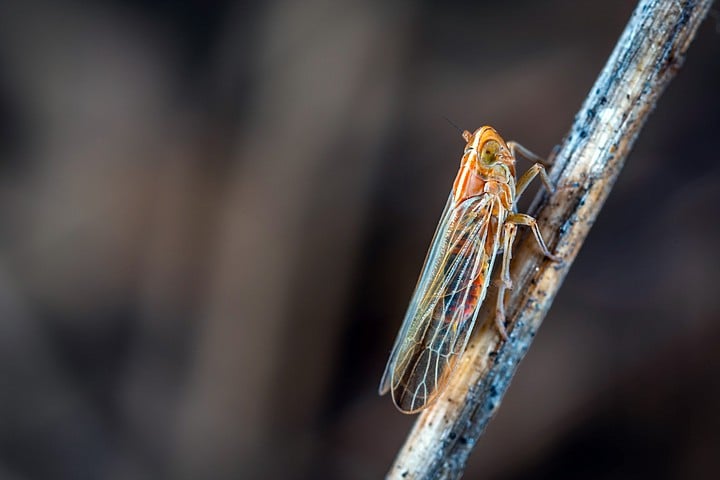Shorebirds aplenty in local wetlands, cicadas sound like tinny buzzsaws
True jasmine wafts in older neighborhoods
Birdwatchers need not despair now that the winter migrants are gone. Plenty of shore birds can be found on summer evenings in the natural coastal wetland areas of San Diego County. From south to north, the publicly accessible coastal wetlands include the Tijuana River Estuary, south San Diego Bay (just north of Imperial Beach and along the bay shore at Chula Vista), the San Diego River channel (inland from Sea World), Los Peñasquitos Lagoon (adjacent to Torrey Pines State Reserve), the San Dieguito River estuary, San Elijo Lagoon, Batiquitos Lagoon, Agua Hedionda Lagoon, and Buena Vista Lagoon. In and around these areas, look for California gulls, American avocets, brown pelicans, snowy egrets, killdeer, and redwing blackbirds.

Cicadas, the insects that sound like tinny buzzsaws in the brush, have been putting up a racket around San Diego lately. Occasionally mistaken for the tail buzz of a rattlesnake, the sound is merely that of a male calling to potential mates. Some 30 species of cicadas inhabit San Diego County, but none are of the famous periodical type that emerge en masse every 13 or 17 years to serenade parts of the eastern United States.

Jasmine’s Thick, Sweet Odor wafts on the night breezes this time of year, especially throughout the older, well-landscaped neighborhoods of San Diego. The exotic odor is produced by the flowers of true jasmines (genus Jasminum), as opposed to the so-called “star jasmine” (genus Trachelospermum), which blooms in the late spring and early summer.